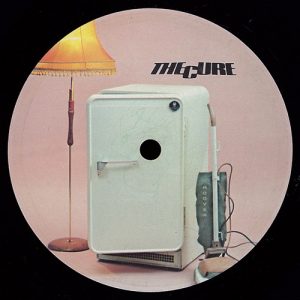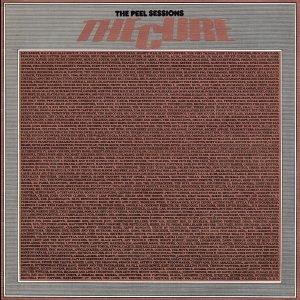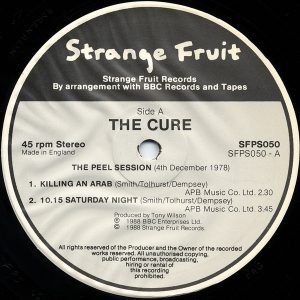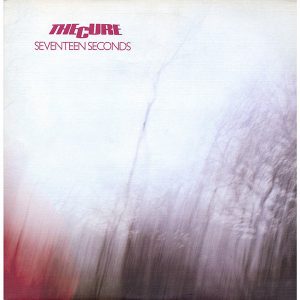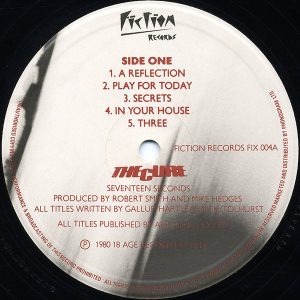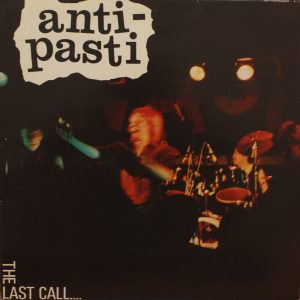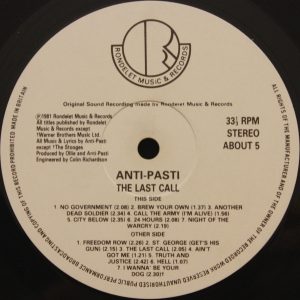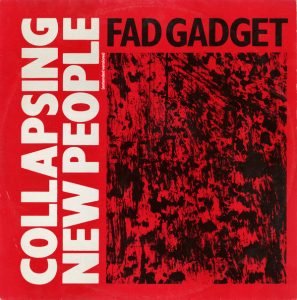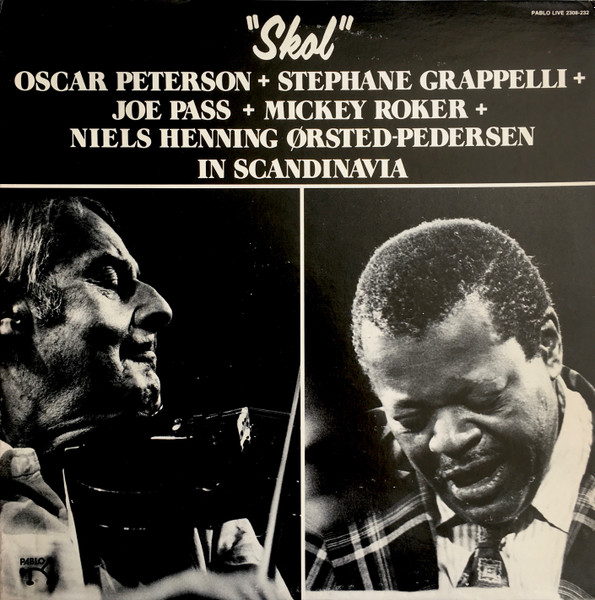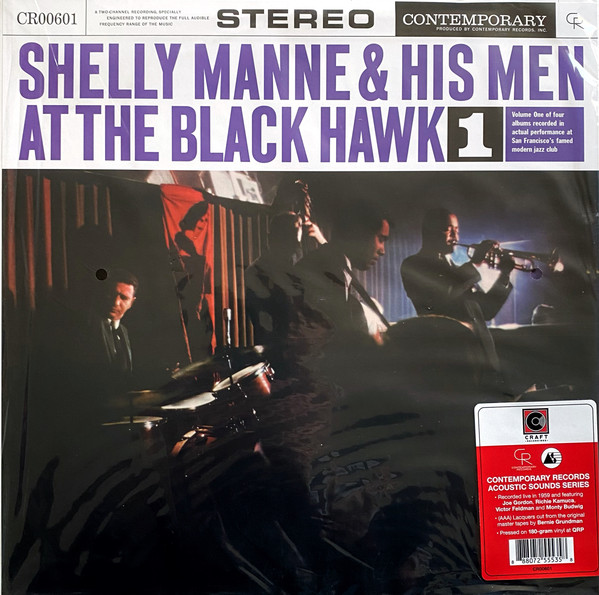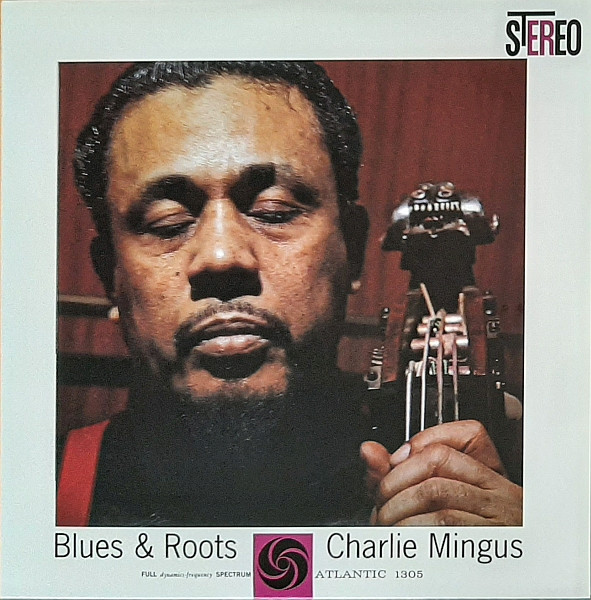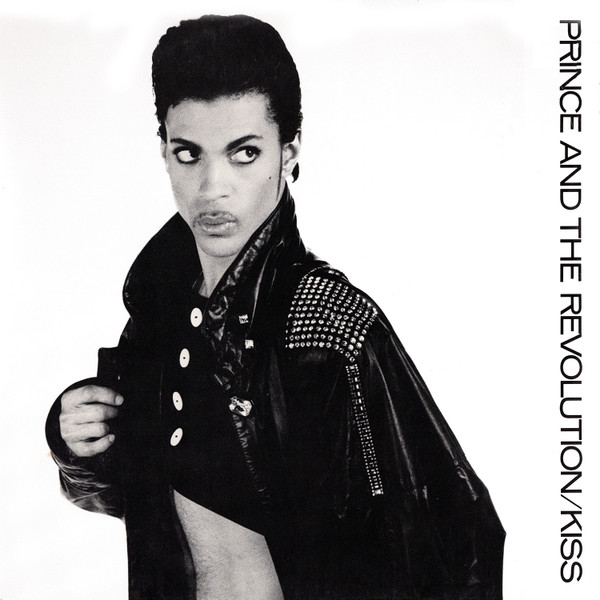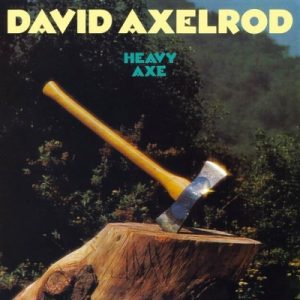This is an ongoing project by Claude Lemaire of Soundevaluations
116. The Cure, Three Imaginary Boys. Fiction Records – FIX 1 (UK) (1979), 33 1/3 rpm. Genre: new wave, post-punk.
Just as British art director, designer, and photographer Bill Smith crafted the iconic imaginative cover art of their debut album, so did the boys bring a billowing breath of fresh air curating a musical new wave on their own terms. Briefly running as Easy Cure—the remaining trio consisting of Robert Smith on guitar and vocals, Michael Dempsey on bass and back vocals, and Lol Tolhurst on drums—dropped the first name out of the equation in April 1978, before soon signing to Chris Parry's Polydor-distributed Fiction Records, with their debut LP released in May the following year. The lead track "10:15 Saturday Night" sets the stage for a somewhat unique composition featuring a faint metronomic 'drop drip,' turning into a ticking time bomb initiated by the high-hat and muted guitar synchronized in unison. This is followed by bass, then drum toms, towards a beat-pounding crescendo, with cymbals, vocals, dynamically dancing away, before erupting into a controlled aggression stemming from Smith's screaming, dry, dissonant electric guitar—quite the opposite of the standard multi-layered 48 track productions of the period, but in line with the punk-new wave aesthetic re-appropriating the lost terrain. Another noteworthy new wave classic is "Grinding Halt"—which is worth getting also in 12-inch 45 rpm promo single [Fiction Records CUR 1] if you can afford it—as well as "Fire in Cairo" burning on the second side. The latter opens with an odd but nevertheless fun "Foxy Lady" Hendrix cover that initially was a simple soundcheck. Produced by Parry, and recorded and minimally mixed by engineers Mike Hedges and Mike Dutton at Morgan Studios in Willensden, North London, England, with mastering and lacquer-cutting done at Strawberry Mastering in London. Pressing was done at PRS Ltd (Polygram Record Services) in Chingford, London. The tonal balance is excellent—especially so on the two noted tracks of side A—with good bass and low mids while remaining rather slightly raw, intimate, and quite dynamic for the genre. Some of the tracks, mainly on side B, lack a bit of top end detail and airiness.
117. The Cure,The PeeI Sessions. Strange Fruit – SFPS050 (UK) (1988), 12", 45 rpm. Genre: new wave, post-punk.
Released in 1988 as part of the highly interesting, long lasting Peel Sessions series, after famous UK BBC Radio 1 deejay, presenter, and producer John Peel. Starting in September 1967, and up until his death in October 2004, his popular radio show served the perfect pad to launch up and coming bands onto a much larger market. These sessions typically contained four songs recorded live in the BBC's studios with no overdubs, giving a very raw dynamic exciting sound. Such was the case on December 4th, 1978, when the guys from Crawley entered the studios of the British public service broadcaster and put to tape the earliest, and what I would consider—along with their second album—the band's best material: "10:15 Saturday Night," "Fire in Cairo," "Boys Don't Cry," and the controversially titled "Killing an Arab"—for which Smith later changed the lyrics to 'Kissing an Arab,' and appended an opening verse to the original song structure. Comparing "10:15" and "Fire in Cairo" on this release with the official album versions from the previous entry, it is remarkable how close the performances of both tracks, and even more so for the former are–proving that they had it pretty much locked-in by December 1978 and how faithfully accurate they were in different settings. Sonically, the Peel versions are rawer, more dynamic, frequency extended, airier, crisper, and more impactful—especially drum-wise—than the album above. Produced by Tony Wilson, and mastered and cut by engineer Bob Jones at CTS (Cine-Tele Sound) Studios in London. The master's metalwork and stampers were done by Peter Lawrence (PAG), and pressed by Adrenalin in Berkshire. Forced to choose only one of the two, I would tend towards this one for the superior sound which I consider reference demo-worthy but would miss not having the great "Grinding Halt."
118. The Cure, Seventeen Seconds. Fiction Records – FIX 004 (UK) (1980), 33 1/3 rpm. Genre: cold wave, goth vibes.
Not wanting to repeat the same recipe, the trio was now augmented to a quartet with the added ingredient of keyboards to the mix via Mattieu Hartley—the latter had participated in the one-shot side project Cult Hero in December 1979, spawning in Canada the B-side's cult hit 7-inch single "I Dig You" [Fiction Records FICS 006]—with Simon Gallup now replacing Dempsey as the official bassist. These personnel changes spearheaded the darker direction the formation forged ahead on their second LP Seventeen Seconds, released in April 1980, and pursuing even deeper through their third LP Faith [Fiction Records fix 6] in April 1981. Although Chris Parry is credited, this time production duties fell under engineer Mike Hedges and singer Smith, and departs quite a bit from their debut the previous year, trading new wave's edgy spontaneous spark with a more controlled cold wave vibe. It feels futuristic, gloomy, introspective, introvert rather than extrovert, emotionally distant and disciplined. Every track is clean and tidy—there is no spillover nor smudge. While their debut comprised three terrific tracks, S. Seconds sports several superb songs that speak in one voice, and for that reason, is a more cohesive, and I believe superior album. It opens with "A Reflection," a melancholic mélange of mainly guitar and piano over a ramping sequencer and occasional haunting voice floating in the background. This serves well as the intro to "Play for Today" with its metronomic drum machine-sounding rhythm, clean bass, guitar harmonics interplay, and pure synth lines. "Secrets" follows in smooth simplicity, and sparse subtle vocals. Side B features the fantastic "A Forest"—also released at the time on a 12-inch single [Fiction Records FICSX 10].
S. Seconds' sessions started in late 1979 at Morgan Studios once again, with Hedges and Dutton reprising their respective roles, and assisted by engineers Andrew Warwick and Nigel Green. Built big and rectangular, they played the backing tracks live—drums centered and baffled on the back wall, with bass leaning left, guitar guarding the right, and keyboards in front below the control room window—with mostly single overdubs. Seeking an otherworldly sound, they completely miked the drums with C-ducer contact condensers taped on—kick, snare, rototoms, hi-hat, and cymbals—permitting total isolation of each drum part with no natural room reflections, creating the intimate electronic-sounding rhythm tracks. Expounding the latter, three 1176 Urei compressors in series provided the crash cymbal with a flanging splashy sound. While the bass played through an Ampeg SVT, it was DI'd for cleaner sound, and the guitar going through a Roland JC-120 Jazz Chorus had a Shure SM57 on one speaker and a Neumann U47 on the second speaker. Neumann FET47 served for vocals and the synth was DI'd. The drums and bass were recorded onto a Studer one-inch 8-track, spliced to form long loops of 16 or 32-bar, running several feet around the room. Tape delay, chorus and up to seven flangers were put into great effects. Tracking was all analog on a Studer two-inch 24-track. Mixing was done on a 32-channel Harrison 24 series desk into a quarter-inch 2-track. Mastering and cutting was at Strawberry, and pressed by PRS Ltd. The tonal balance is quite neutral, clean, and uncluttered. The overall sound is quite distinct, which fits well with the particular musical genre.
119. Anti-Pasti, The Last Call. Rondelet Music & Records – ABOUT 5 (UK) (1981), 33 1/3 rpm. Genre: punk.
Bridging the gap between Britain's Pistols and The Damned on one hand with the harder core Charged GBH and Dischaged on the other; Derby's Anti-Pasti positioned itself in the early 1980s as part of the second wave of the punk movement hitting the UK pub scene and participating in the "Apocalypse Now" Tour in July 1981. On their self-produced debut album The Last Call, the quartet rocks the place with 14 energetic tracks, opening with a quintessential punk rallying cry titled "No Goverment," while closing with The Stooges' classic "I Wanna' Be Your Dog." Keenly known for his work with goth, punk, and metal bands, engineer Colin Richardson, to his great credit, invigorates the band's performance capturing a live raw feel from their Cargo Studios session; delivering a powerfully crisp, dynamically expressive, fiercely agile, direct sound with—rare for the genre—plenty of impact deriving from the drum kit with the toms and snare snapping and popping away. Boppin' Bob Jones cut the lacquer at CTS and De Lane Lea Studios—both places merged at The Music Centre in Wembley, London. Although they did not attain the notoriety of the the aforementioned bands, it remains one of the surprising sonic punk gems of the period.
120. Fad Gadget, "Collapsing New People (London mix)"/"Collapsing New People (Berlin mix)"; "Spoil the Child". Mute – 12 MUTE 030 (UK) (1983), 12", 45 rpm. Genre: synth-pop, industrial, noise, cold wave, experimental electronic.
Francis John Tovey aka Fad Gadget experimented at an early age with tape recorders and collages—similar to France's musique concrète creators during the 1950s—in conjunction with musical instruments, small synthesizers, and drum machines much later on. The first artist to sign with Daniel Miller's Mute independent label—home to Depeche Mode, Nitzer Ebb, and Yazoo just to name a few—he released four albums for the latter under his alter ego before pursuing under his real name. In late 1983-early 1984, extracted from his fourth album Gag [Mute STUMM 15], he released this 12-inch single which includes extended versions of the same song, with the "London mix" on side A, and the "Berlin mix", as well as the lesser known "Spoil the Child" on side B. Both of the latter feature Germany's experimental industrial group Einstürzende Neubauten—i.e. "Collapsing New Buildings"—as guest musicians. Produced by Miller, Tovey, and the legendary producer, mixer, and noise-maker Gareth Jones—whose worked with Depeche Mode, and many others—it was recorded at Hansa Tonstudios in Kreuzberg, Berlin, Germany, and mixed at The Garden in London, UK. Mastered at CBS Studios, London, Tim Young aka timtom cut the vinyl, while Gedmal Galvanic Ltd. in Leicester, UK handled the vinyl stamper and metalworks. Though there are definite industrial influences in the song structure, there is also sufficient synthesizer and melodic lines to satisfy the simple synth-pop listener. Multiple metallic percussive effects establish the signature staccato rhythmic drive gearing. The vocals coolish delivery borrows from Bauhaus' Peter Murphy, and slightly to The Sisters of Mercy's Andrew Eldritch, both strong representatives of the goth genre. The tonal balance is very neutral and extended, with tight lows and open detailed highs—more typical of a German-precise perspective than your average UK pressing. Quick clean lateral panning adds to the excitement. Both versions are interesting and equal in my view, with the B-side's "Berlin mix" sounding a bit heavier, and creatively out-of-phase between channels or perhaps phase-manipulated to widen the stage, and lend it a strange destabilizing feeling.
For more from Claude Lemaire go to his blog...
http://soundevaluations.blogspot.ca/





